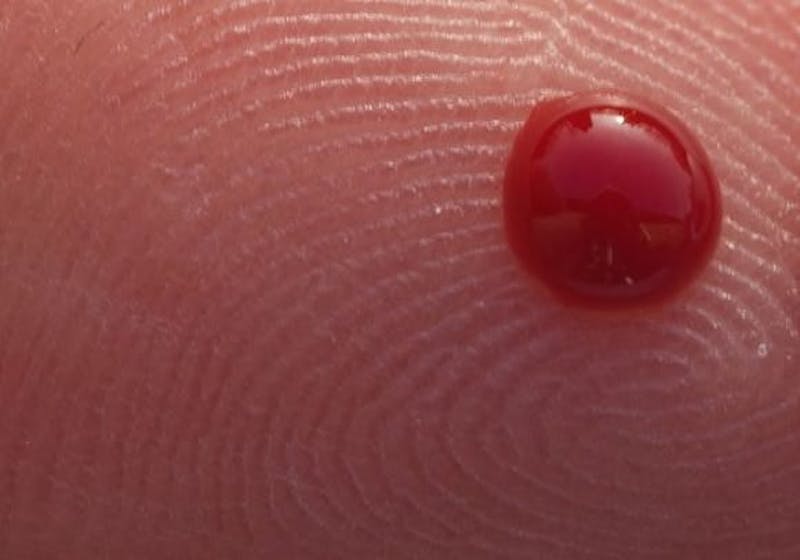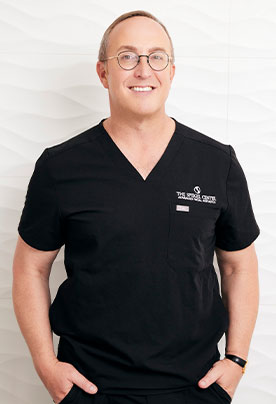
In an amazing discovery, scientists have revealed that introducing young blood into the body of an older subject has the potential to rejuvenate the subject.
The Blood Countess
These scientists aren’t the first to believe that the blood of someone younger can offer rejuvenating properties. Countess Elizabeth Bathory of Hungary believed it as well, though her methods were decidedly less scientific. She was arrested in December of 1611 for killing hundreds of young maidens from the surrounding villages so she could bathe in their blood. She believed, wholeheartedly, that bathing in the blood of these women would restore her youth to her. Though no one is advocating murder, she was more right than she realized.
How was it Discovered?
This amazing discovery, at least in mice, was found thanks to an odd technique called parabiosis. In this case, since the subjects were of differing ages, the technique is referred to as heterochronic parabiosis. This interesting technique consists of sewing the two mice together so that they share a single vascular system and a collective pool of blood. Parabiosis is a technique that has been used for over 150 years to test for things such as systemic aspects of age related diseases.
Results in Mice
Three published studies have been done so far concerning the anti-aging aspects of young blood. In all three studies, the older mice have shown signs of significant cell regeneration, neuron growth, and contributed to increased neuron connections in the hippocampus. It also sped up the repair of muscle tissue, including the muscles in and around the heart. The fact that these treatments seem to reverse the signs of aging, rather than just stopping or slowing them, shows great potential.
Applications in Humans
If human trials prove successful, there are a variety of applications for this type of treatment. The neurological regenerative properties could be used to reverse the effects of Alzheimer’s and other forms of dementia. It could also be used to help with muscles that deteriorate with age. The possibilities are endless. Imagine being able to get an injection of blood, or blood-derived stem cells, to repair the damage caused by a heart attack. Instead of facing invasive open heart surgery, the patient can heal themselves.
Is Immortality Within Our Grasp?
Humans are not on the road to becoming immortal just yet, unfortunately. While the treatment shows great promise in mice, it has not been tested in humans yet. Though the proteins are similar, there is no guarantee that the treatment will even show the same type of effect in the human body. And, as with any treatment that encourages rapid growth and regeneration, there is the potential that it will cause rapid growth in mutated or malignant cells as well. It will require a lot of testing before it is released for use on human patients. There are also a number of ethical arguments that must be addressed, such as where will this ‘young blood’ come from for treatments?
While this may not grant the key to immortality, it does hold the promise of a healthier future for humanity as a whole.
Image Source: Flickr/CreativeCommons/Alden Chadwick





